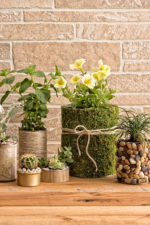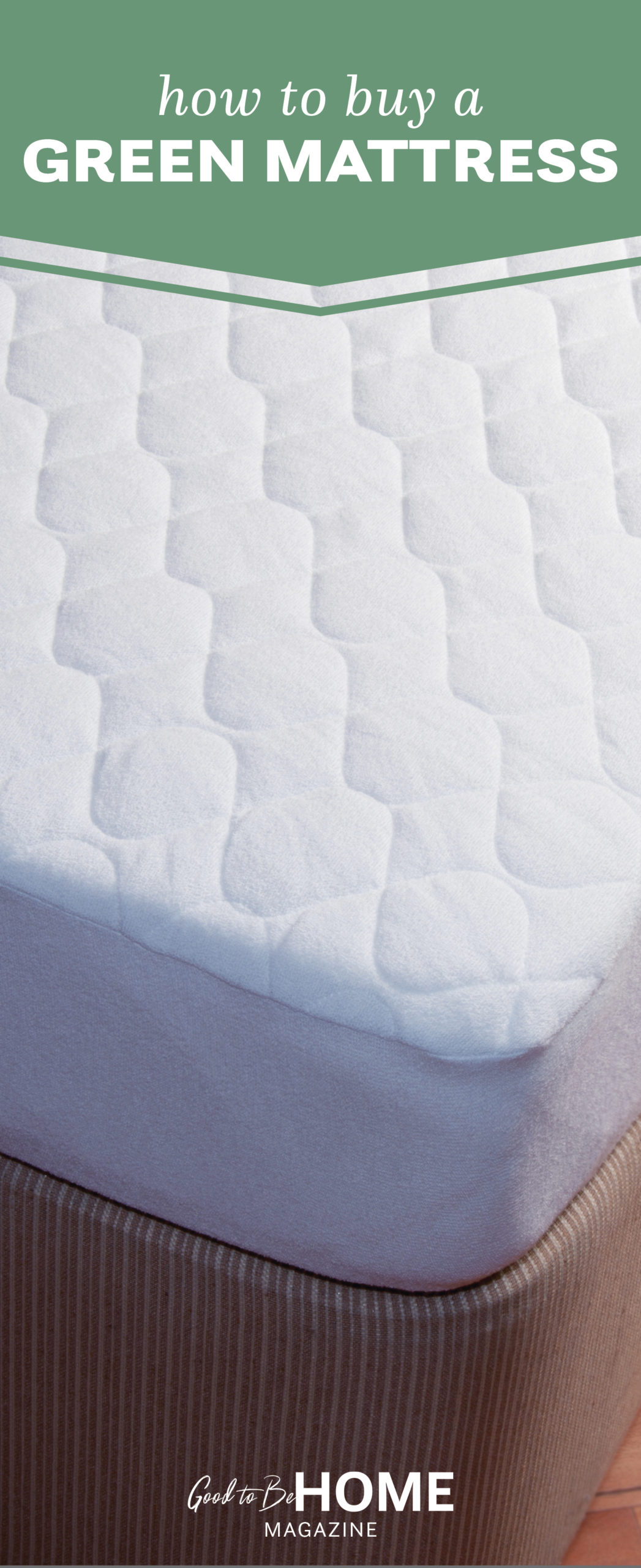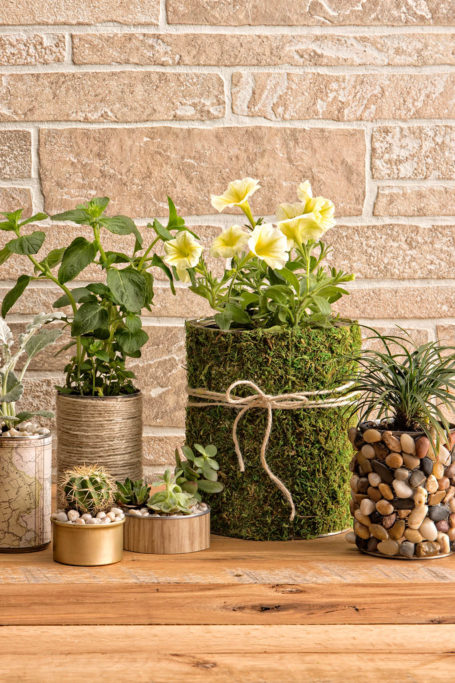How to Buy a Green Mattress
Buying a new mattress was once a lot simpler than it is today. In the past, there were basically only spring mattresses—ones with a spring base and a soft top fabric layer. The only main factors you considered when buying a mattress were price, firmness, and comfort. These days, you can purchase a foam mattress that doesn’t even have springs. Buyers are also looking for eco-friendly mattresses, or mattresses that are safer to sleep on and are better for the planet.

Pitfalls of shopping for a green mattress
If you want a new mattress that’s healthier for you and the planet, you need to look out for misleading information. There is currently no government certification in the US for green mattresses.
This means that mattress companies can decide on their own what “green” or “eco-friendly” means when they label their products. A mattress touted as green might be made with fewer harmful materials but still not be completely good for your health or the environment. Mattresses are sometimes “greenwashed,” or marketed as being more environmentally sound than they are.
There are labels or certifications that you can look for when buying a green mattress. Two of the best are the OEKO-TEX Standard 100 label and the Global Organic Textile Standard (GOTS) label.
An OEKO-TEX Standard 100 label means every textile component, including the threads, buttons and other materials of your mattress, have been tested for harmful ingredients and are certified as harmless to human health. You can check whether an OEKO-TEX Standard 100 label is valid on the OEKO-TEX website.
A Global Organic Textile Standard (GOTS) label means that at least 95 percent of the fibers in your mattress are organic and were processed sustainably. A GOTS label also means that your mattress doesn’t have polyurethane, which is in most memory foam mattresses, or chemical flame retardants.
Another label to look for is the Global Organic Latex Standard (GOLS) label, which identifies mattresses made with organic latex. There are other labels you can look for to ensure that your mattress doesn’t include materials harmful to your health. Check out this useful Consumer Reports green mattress guide.

What else to look for in a green mattress
If you want a spring mattress, look for a mattress with coils that aren’t coated in chemicals. If you prefer a foam mattress, look for a mattress that has organic latex foam made from the natural sap of rubber trees. For mattresses made of cotton or wool, try to find mattresses that are sewn together instead of glued with potentially toxic glues. Before shopping for a green and healthier mattress, read up on green mattress companies and check out online green mattress reviews.
Consider keeping your old mattress
Even if your current mattress doesn’t meet today’s health or green standards, it doesn’t mean you should toss it, especially if it’s comfortable. Products off-gas the most when they are new, and off-gassing diminishes over time. Your old mattress might not be emitting harmful VOCs into the air, as off-gassing should last only a few weeks.
If buying a new organic mattress is out of your budget (green mattresses tend to be more expensive), you can start by swapping your bed linens, pillows and bed topper with ones made of organic materials.
If you suspect that your bed, sheets, comforter and pillows contain VOC’s, add spider plants and ferns to your bedroom. Both houseplants can soak up airborne pollutants and clean the air, creating a healthier bedroom. Also, open windows and make sure your home is well ventilated.


















